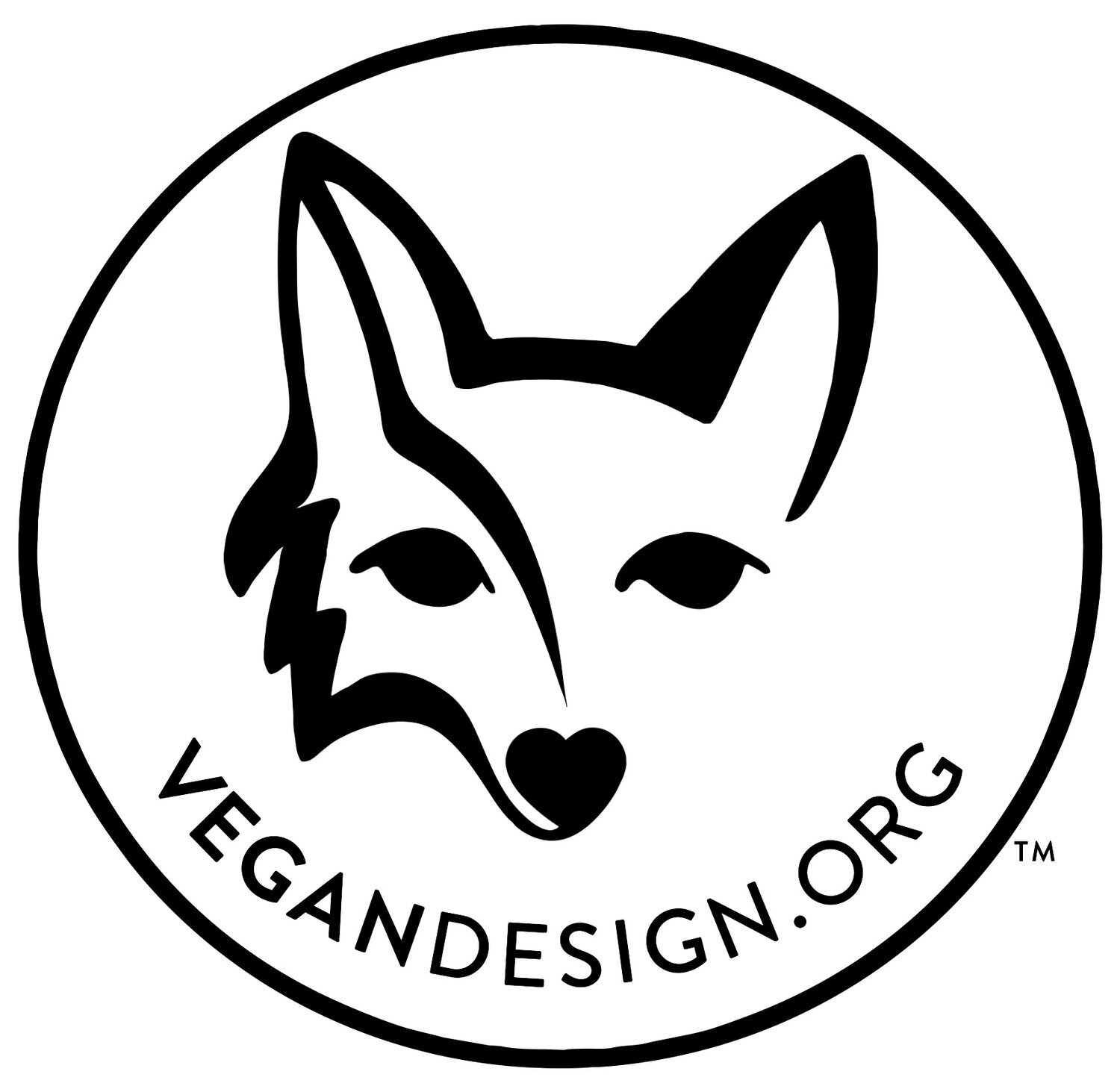A Guide to the Energy-Efficient, Vegan Home
While residential electricity prices in the U.S. have fluctuated over the last 20 years, the most recent trends suggest more upturns in future prices. In fact, Statista indicates that experts predict a rise of 2.8% (1) in electricity prices from 2020 to 2021.
While that number may seem small, it can be a big burden on struggling homeowners, particularly vegans and environmentalists concerned about the impact of these numbers not just on themselves but on the planet. Furthermore, considering the current political, economic, and health-related crises Americans are currently saddled with, 2.8% suddenly doesn’t seem so small. The good news is that there are different environmentally-friendly ways to offset these potential future costs. So what can you do to increase your home’s energy efficiency amid threats of increasing energy prices – without compromising core vegan principles?
Biomimetic Construction
In 2018, entrepreneur Ehab Syed and his company Biohm won the COINS Grand Challenge built-environment progress awards (2) for developing a mushroom-based insulation material that can be viably used in home construction. The new building insulation material itself is made of mycelium, which is the vegetative part of mushroom fungi. According to Syed, even if just 150 buildings made use of such biomimetic techniques, it has the potential to reduce energy consumption by up to 300 kilowatt-hours, as well as divert 10 million tonnes of construction material waste from landfills. Since then, research and production of mycelium-based construction materials have really taken off.
Solar Power
When they first came out, solar panels and other solar power options were typically too expensive to break through to the mainstream market. This isn’t the case anymore, as The Verge cites how the overall costs of solar power options (3) have fallen by 70% in the last decade. If there’s a time to go solar, it’s now. While initial installations are unlikely to allow you to completely get off the grid, having solar panels, batteries, and other equipment to power your home puts you on the right path towards not just energy efficiency, but energy independence.
Vegan Furniture
While home energy efficiency is often understood as the way in which your home consumes electricity and other energy sources, it’s about much more than that. We have to consider that everyday objects all have corresponding energy costs and environmental impacts. In order to create a truly vegan and energy-efficient home, you need to take the objects in your home into consideration as well. Vegan Design’s roster of affordable and healthy furniture and decor is not only cruelty-free but was also made with less environmental impact than their non-vegan counterparts. From essentials like beds, vegan mattresses, and lighting fixtures to decorative wall hangings and even beanbags, welcoming vegan furniture, furnishings, and decor into your home factors into your household’s carbon footprint and overall energy usage.
Smart Financing
Borrowing money can allow you to make more significant energy-efficient home improvements that you otherwise can’t afford. This is exactly the reason why the Federal Housing Administration (FHA) launched the Energy Efficient Mortgage (EEM) program. Under the EEM, houses financed through FHA-insured mortgages (4) can channel that financing into home improvements that can increase energy efficiency and lower operating costs in the long run.
Apart from this program, there are many loan options that you can utilize to finance these improvements. In fact, apart from home improvement expenses, Marcus explains that personal loans may also be used for moving and relocation (5). This means that you can also use big loans to finance your dream vegan, energy-efficient home – even if it means refurbishing a new home in a different location. If some of the aforementioned improvements are too expensive for you now, you might want to look into these smart financing options.
Advancements in biomimetic construction techniques, solar power equipment, vegan furniture, and the policies and options to fund them have made it considerably easier for homeowners to pursue true energy efficiency. If you share this goal, the aforementioned options are just the start of your journey towards transforming your home – not just for your family now, but for future generations.
Special thanks to Brittany White for writing this article for VeganDesign.org!
🌸 More Resources:
The VeganDesign.org Furniture & Decor Resource Guide
Get your biz listed on VeganDesign.org HERE!
Add a cruelty-free design specialty to your business!
Join our Facebook group “Design for a Healthy & Humane Home”
🌸 Sources:
(1) https://www.statista.com/statistics/201714/growth-in-us-residential-electricity-prices-since-2000/
(2) https://www.globalconstructionreview.com/innovation/vegan-buildings-developer-mushroom-insulation-wins/
(3) https://www.theverge.com/2019/7/5/20679189/solar-panel-price-incentive-federal-tax-credit-2019
(4) https://www.hud.gov/program_offices/housing/sfh/eem/energy-r
(5) https://www.marcus.com/us/en/personal-loans

